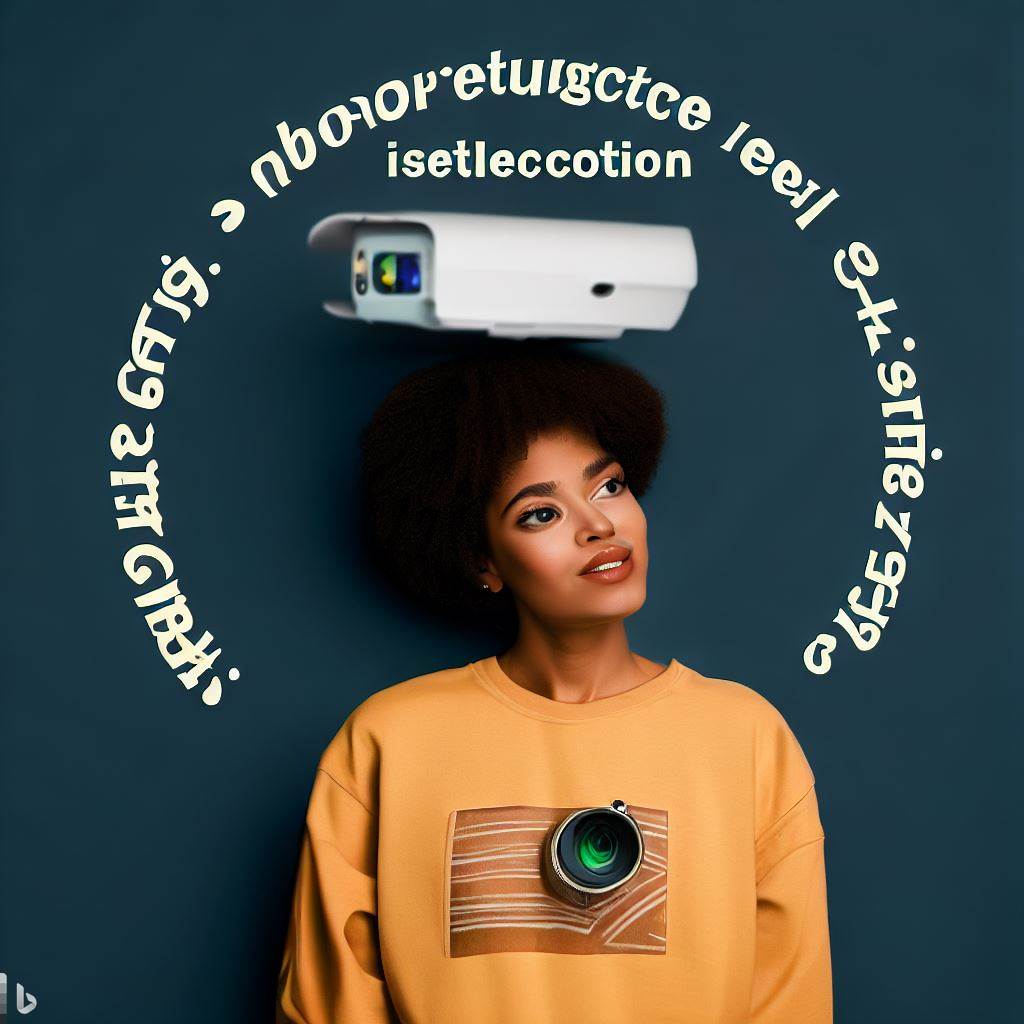Facial recognition is a technology that can identify or verify a person’s identity based on their facial features. Facial recognition can be used for various purposes, such as unlocking devices, accessing services, verifying transactions and enhancing security. But do security cameras have facial recognition? And if so, how does it work and what are the benefits and drawbacks of using it?

Facial recognition on security cameras works by using artificial intelligence (AI) algorithms to analyze the images captured by the cameras and compare them with a database of known faces. The process involves four steps:
Face detection: The camera detects the presence of a face in the image and locates its position and size.
Face alignment: The camera adjusts the face image to account for variations in pose, angle, lighting and expression.
Face encoding: The camera extracts the unique features of the face image and converts them into a numerical vector (a set of numbers that represents the face).
Face matching: The camera compares the face vector with the vectors stored in the database and determines if there is a match or not.
Depending on the camera model and settings, facial recognition can be performed either on the camera itself (edge computing) or on a remote server (cloud computing). Edge computing has the advantage of faster processing and lower bandwidth consumption, but it may have limited storage and computing power. Cloud computing has the advantage of larger storage and computing power, but it may have higher latency and privacy risks.
Facial recognition on security cameras can offer several benefits for home and business owners, such as:
Enhanced security: Facial recognition can help identify authorized and unauthorized persons entering or leaving a premises, and alert the owners or authorities in case of suspicious or unwanted activities. Facial recognition can also help prevent false alarms by distinguishing between humans and other objects or animals.
Improved convenience: Facial recognition can enable hands-free access control and automation of certain tasks, such as unlocking doors, disarming alarms, adjusting lights or temperature, or greeting visitors. Facial recognition can also help users manage their security system more easily by allowing them to view live or recorded footage of specific persons or events.
Increased accuracy: Facial recognition can provide more reliable and detailed information than other biometric methods, such as fingerprints or voiceprints. Facial recognition can also work in various conditions, such as low light, high contrast, or different angles.
Facial recognition on security cameras also has some drawbacks that users should be aware of, such as:
Privacy concerns: Facial recognition can pose privacy risks for both users and visitors, as it involves collecting, storing, processing and sharing sensitive personal data. Users should ensure that they comply with relevant laws and regulations regarding data protection and consent. Users should also protect their data from unauthorized access, use, modification or loss by using encryption, authentication and backup measures.
Ethical issues: Facial recognition can raise ethical issues regarding surveillance technology, civil rights and social justice. Facial recognition can be misused for discrimination, profiling, harassment or manipulation based on factors such as race, gender, age or expression. Facial recognition can also affect people’s sense of identity, dignity and autonomy by creating a culture of constant monitoring and evaluation.
Technical limitations: Facial recognition is not perfect and can have errors or failures due to various factors, such as poor image quality, occlusion, disguise, aging or spoofing. Facial recognition can also be affected by environmental factors, such as weather, lighting or background noise. Users should not rely solely on facial recognition for security purposes and should use other methods of verification or confirmation.
Facial recognition is a technology that can enable security cameras to identify or verify a person’s identity based on their facial features. Facial recognition can offer benefits such as enhanced security, improved convenience and increased accuracy. However, facial recognition also has drawbacks such as privacy concerns, ethical issues and technical limitations. Users should weigh the pros and cons of using facial recognition on security cameras and make informed decisions based on their needs and preferences.